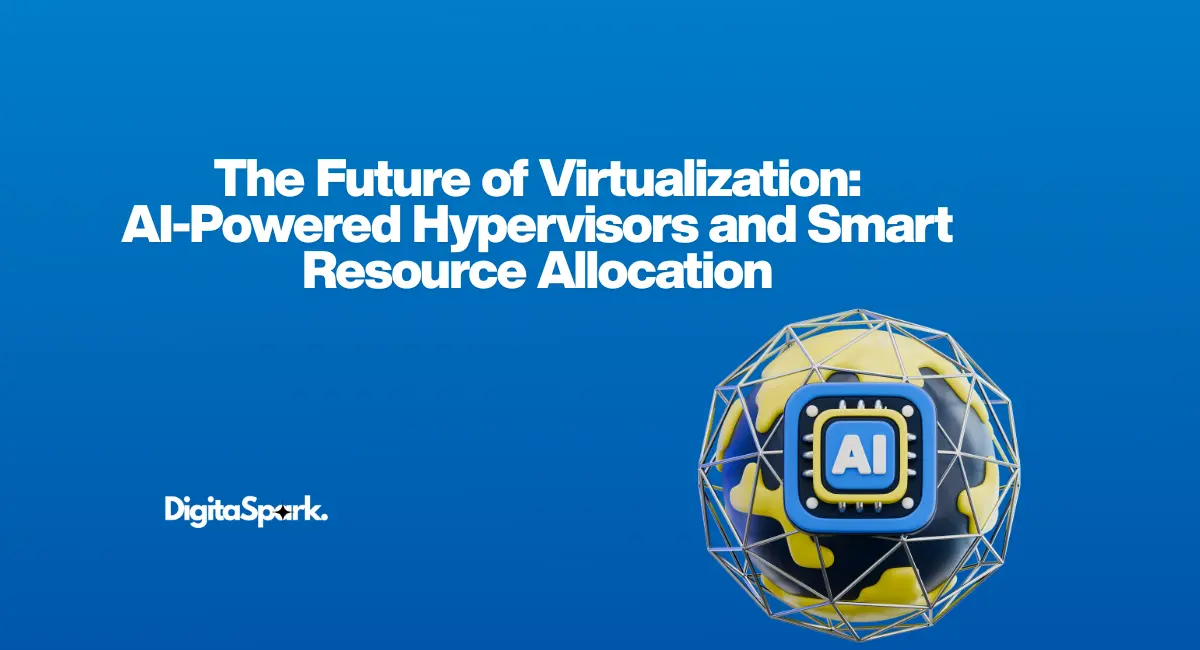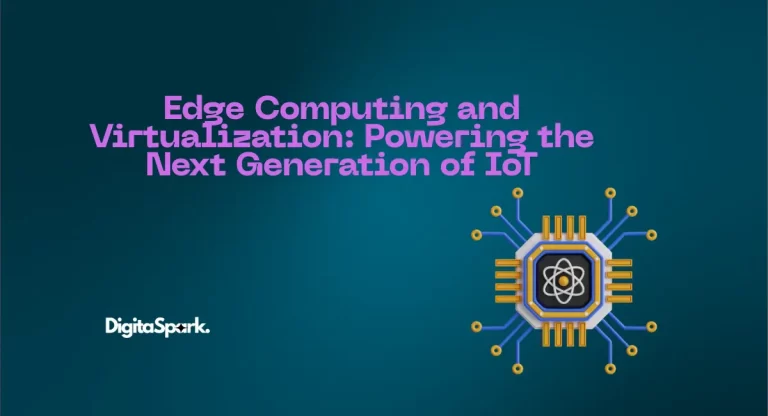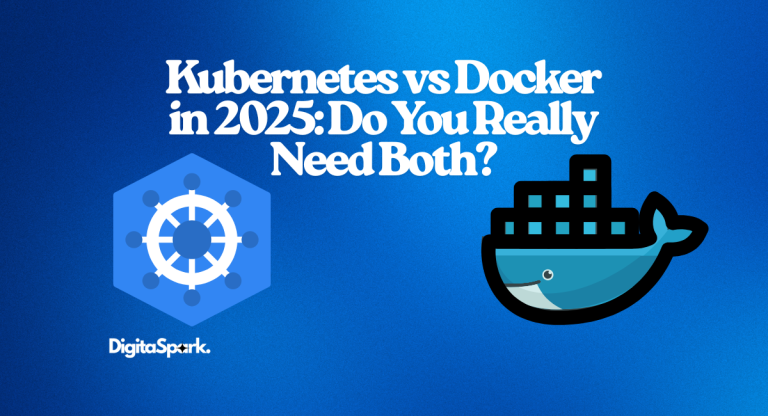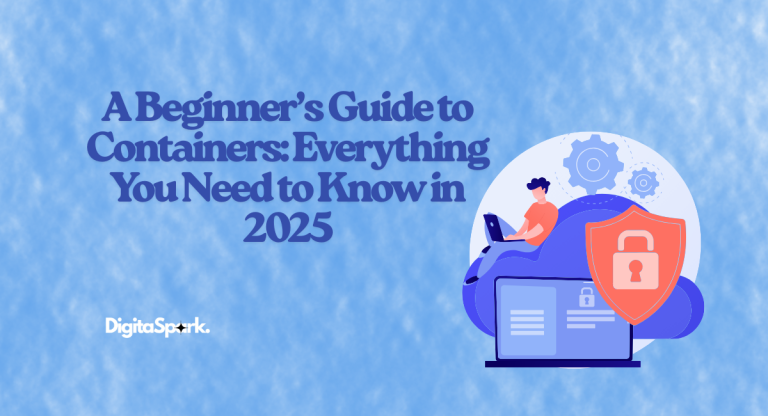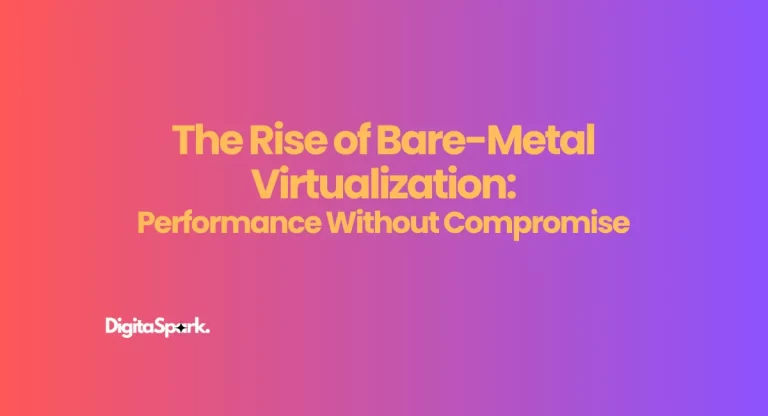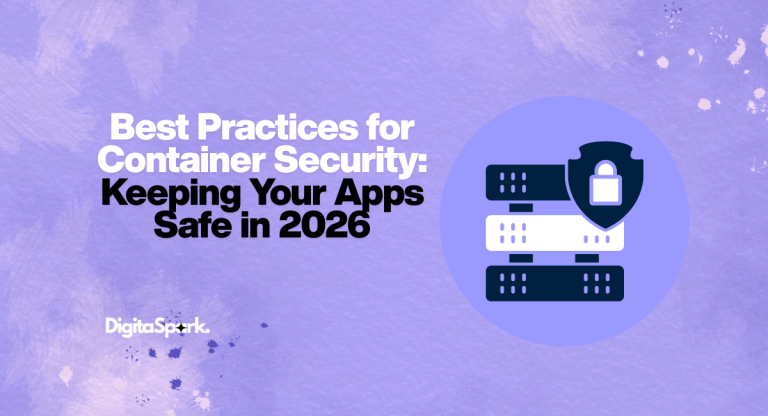The Future of Virtualization: AI-Powered Hypervisors and Smart Resource Allocation
Introduction: The Old Playbook Is Wearing Thin
If you’ve been around IT for a while, you probably remember when virtualization first started making waves. It felt like magic. One server could suddenly run multiple operating systems, workloads could be consolidated, and IT budgets weren’t being eaten alive by racks of hardware anymore. Hypervisors—VMware, Hyper-V, KVM—were the unsung heroes making it all possible.
But let’s be honest. As amazing as virtualization was (and still is), the way we manage virtual resources hasn’t evolved that much. A hypervisor is basically told what to do, and it follows the script. Need four CPUs? Allocate them. More RAM? Sure, flip a switch. But it’s all reactive, not proactive.
Here’s where things get interesting. With AI now creeping into every corner of IT, hypervisors are starting to get smarter. We’re moving into a future where they won’t just sit back waiting for admins to hand out instructions. They’ll actually learn, predict, and make resource decisions on their own. That’s what we mean when we talk about AI-powered hypervisors—and it could reshape virtualization in ways that make today’s “best practices” look pretty old-school.
If you’re unfamiliar with the concept of virtualization, I have written an in-depth blog about Virtualization.
Why Traditional Hypervisors Are Falling Behind
Traditional hypervisors are like traffic cops at a busy intersection. They keep things flowing, but they only deal with what’s in front of them right now. If traffic suddenly backs up three blocks away, they won’t know until the mess arrives at their intersection.
Take quarterly reporting. A database VM might run fine for weeks, but the minute financial reporting kicks in, suddenly queries crawl, users complain, and admins scramble. The hypervisor didn’t predict anything; it just followed the resource rules it was given.
With AI built in, things change. Instead of waiting for the bottleneck, the hypervisor remembers that last quarter the database spiked at the end of March, and it reallocates resources ahead of time. The users never notice the strain, and IT avoids the fire drill.
That’s the real difference: moving from reactive management to predictive orchestration.
Smarter Resource Allocation: Goodbye Guesswork
If you’ve ever provisioned VMs, you know how much of it comes down to gut feeling. Give this machine 8 GB of RAM… maybe it’ll be enough? Better overshoot, just in case. Multiply that across dozens or hundreds of workloads, and suddenly you’re burning through hardware or cloud credits faster than you’d like.
AI flips that on its head. By observing workloads over time, it learns their rhythms. Maybe the HR portal is slammed on Monday mornings when everyone logs their hours but barely touched by Friday afternoon. Or maybe your data-crunching workloads peak at 2 AM when nobody’s looking.
Instead of “set it and forget it,” the AI-driven hypervisor quietly dials resources up and down, moment by moment. It’s like having a backstage crew at a theater production—changing lights, moving props, handling sound effects—so the audience (your end users) only ever sees a smooth performance.
Predictive Maintenance: Stop Waiting for Breaks
Every IT admin has war stories about surprise failures. A VM that locks up during a critical meeting, a disk that dies when you least expect it, or a sudden spike that takes down a customer-facing app. You usually don’t see it coming until it’s too late.
AI can be the crystal ball we’ve always wished for. By analyzing logs, hardware signals, and subtle patterns, it can flag potential problems before they blow up. Imagine being told that a storage node has a high probability of failing in the next 72 hours—giving you time to migrate workloads calmly instead of rushing at midnight.
This doesn’t just save headaches; it saves serious money. Downtime costs pile up fast, and avoiding even one big outage can cover the cost of AI-enhanced virtualization tools.
Cutting Costs Without Cutting Corners
Let’s face it: IT budgets are tight. No CIO wants to hear that the only way to improve performance is by adding racks of servers or expanding cloud bills indefinitely. But without a better way to manage resources, that’s often where things end up.
AI-powered hypervisors offer another path. They eliminate the waste that comes with over-provisioning. When workloads don’t need those extra CPUs at midnight, the hypervisor pulls them back. When traffic spikes hit, it’s already ready to give more. No constant hand-holding.
The result? Companies squeeze every ounce of performance from their infrastructure without buying more hardware or paying for unused cloud instances. It’s optimization at scale, and it’s done automatically.
Security: The Silent Bonus of Smarter Hypervisors
Now, security. This is one area where virtualization has always had a bit of a dark cloud. If someone compromises the hypervisor, every VM on that host is potentially at risk. It’s a scary thought.
While AI can’t magically make virtualization bulletproof, it does offer new tools. By continuously watching how workloads behave, AI can spot anomalies—like a VM suddenly sending massive traffic in the middle of the night or trying to access data it’s never touched before. Instead of waiting for a human to notice, the AI can step in immediately, isolating the workload or raising alerts.
Think of it as a tireless security guard who doesn’t just check IDs at the door but also notices when someone inside starts acting suspicious.
The Cloud and Edge Connection
It’s worth pointing out that AI-driven hypervisors won’t just live in data centers. They’re also a natural fit for cloud and edge computing.
In the cloud, they help customers save money by scaling resources with laser precision. Instead of overpaying for a beefy VM that only peaks occasionally, AI ensures you’re only paying for what you truly need, minute by minute.
At the edge, it’s about performance and reliability. Imagine a factory floor running IoT devices where downtime isn’t an option. An AI hypervisor at the edge can keep workloads balanced and running smoothly, even if connectivity to the central data center is flaky.
The Challenges Ahead
Of course, nothing this transformative comes without challenges. AI-driven hypervisors aren’t magic—they depend on data. Lots of it. That means organizations need robust monitoring systems and careful planning around privacy and compliance.
Then there’s the learning curve. IT teams who are used to static provisioning might feel uneasy about letting AI “make decisions.” Trust takes time, and AI systems need to prove themselves in real-world deployments.
Finally, the technology itself is still evolving. Not every vendor is at the same stage, and early adopters may deal with bugs, high costs, or uneven feature sets. But that’s how innovation usually works—someone takes the plunge, and the rest of the industry follows once the kinks are ironed out.
Looking Ahead: A Smarter Virtual Future
If virtualization was about doing more with less, then AI-powered virtualization is about doing it better, smarter, and with fewer late-night emergencies. Hypervisors are evolving from passive managers to active decision-makers, capable of predicting, adjusting, and protecting workloads in ways that were unthinkable just a few years ago.
For businesses, this means more than just technical improvements. It’s about agility, cost savings, and peace of mind. It’s about IT teams spending less time fighting fires and more time building systems that move the business forward.
We’re still in the early innings of this story, but one thing is clear: the next chapter of virtualization won’t just be about servers and VMs. It will be about intelligence. And once you’ve seen the potential of AI-powered hypervisors, it’s hard to imagine going back.
If you’d like to dive deeper into the latest advancements in virtualization and AI-driven infrastructure, VMware provides an excellent resource on how machine learning is transforming hypervisors and workload management: VMware Blog – AI and Virtualization

